If you think superhero movies have the most epic sacrifices, wait until you meet the “exploding ant.” It’s a creature so brave, so utterly selfless, that when danger looms over its family, it turns itself into a living grenade. Deep in the rainforests of Southeast Asia, some ants have evolved a defense mechanism so shocking, it sounds more like science fiction than real life. But these tiny warriors aren’t characters in a story—they’re real, and their heroic sacrifice is one of the most mesmerizing marvels in the natural world.
The Bizarre World of Exploding Ants
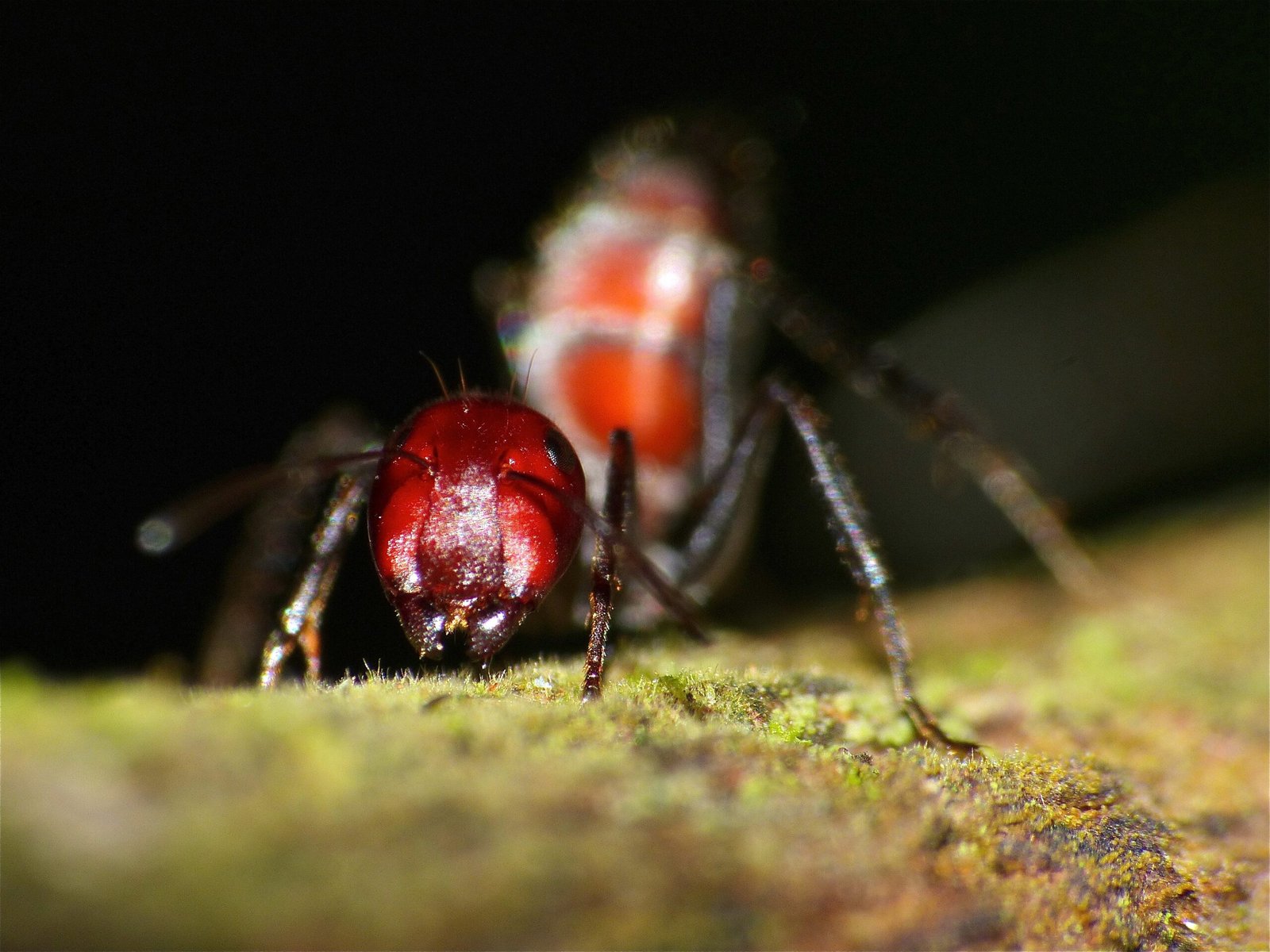
The term “exploding ant” might sound like a joke, but it refers to a genuine group of ants from the genus Colobopsis. These ants inhabit the dense, humid forests of Borneo and Southeast Asia, where the competition for resources is fierce and threats lurk at every turn. Unlike most ants that rely on biting or stinging, these little creatures have developed a defense that’s as extreme as it is effective. Their entire bodies become a weapon, capable of self-destruction for the greater good. Just picture it: a silent guardian, ready to burst apart at the first sign of danger.
How the Ant’s Explosive Defense Works
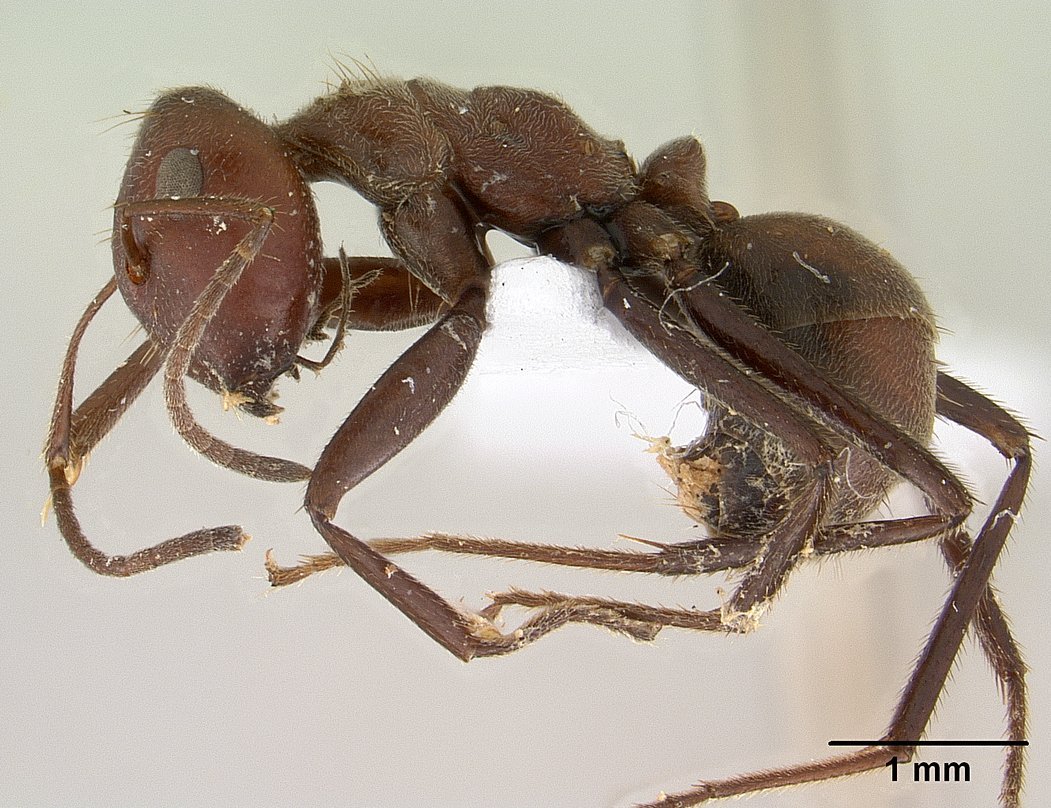
The “explosion” isn’t quite like a firecracker, but it’s just as dramatic. When a threat—like a predatory insect—invades the colony, certain worker ants contract their abdominal muscles so violently that their bodies literally rupture. This rupture releases a sticky, toxic goo from specialized glands inside their bodies. It’s a last-resort move, causing the ant’s own death, but it can glue, immobilize, or even kill the attacker. It’s like the ultimate act of courage, a one-way ticket to protect the family at any cost.
The Science Behind the Sacrifice
On a molecular level, the sticky substance that exploding ants release is packed with chemicals that are both adhesive and toxic. Scientists have analyzed this secretion and found it to be full of proteins and enzymes that act quickly on predators. The goo doesn’t just trap invaders; it can also irritate or poison them, discouraging future attacks. It’s a clever mix of offense and defense, all packed into one tiny ant’s body. Imagine carrying a backpack full of glue and pepper spray, and using it only when you know you won’t walk away.
Meet Colobopsis Saundersi: The Star of Sacrifice
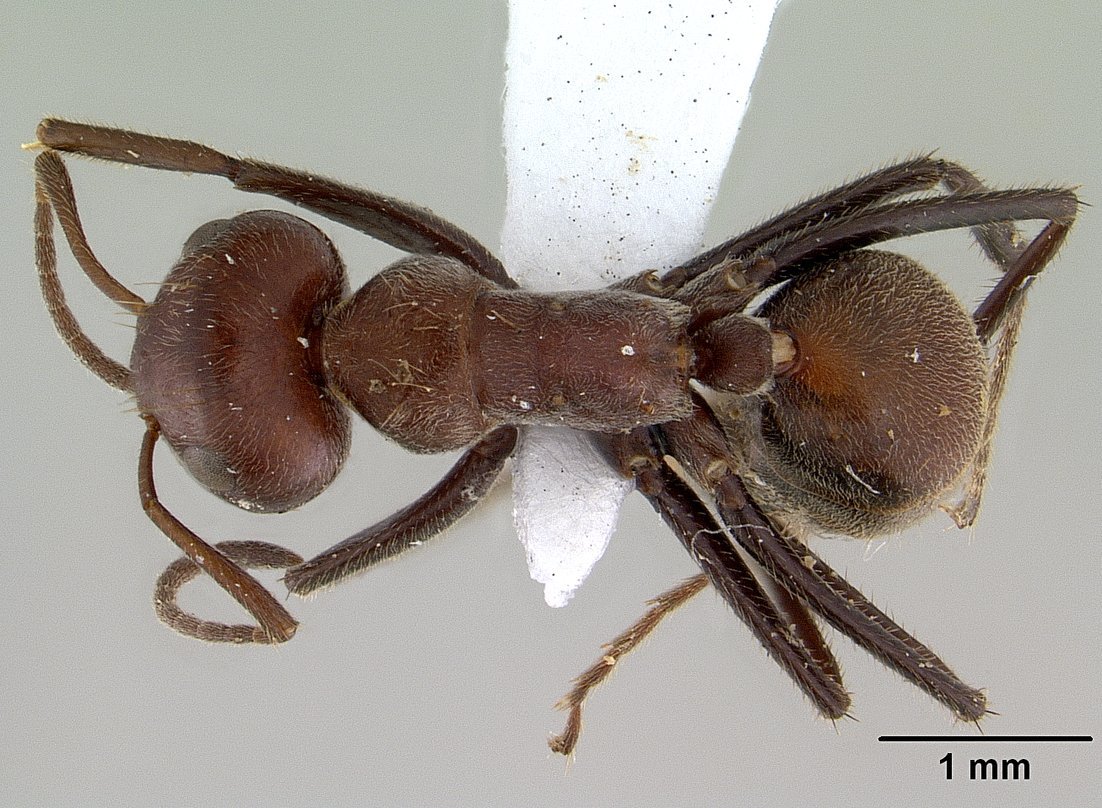
Colobopsis saundersi is the most famous of the exploding ants. Native to the steamy rainforests of Malaysia and Borneo, this species has been studied since the early 20th century. These ants patrol their nests tirelessly, always on the lookout for danger. When an enemy appears, they don’t hesitate to make the ultimate sacrifice. Their willingness to die for the colony has inspired awe in scientists and nature lovers alike. It’s a reminder that even the smallest creatures can display astonishing bravery.
Why Exploding? The Evolutionary Riddle
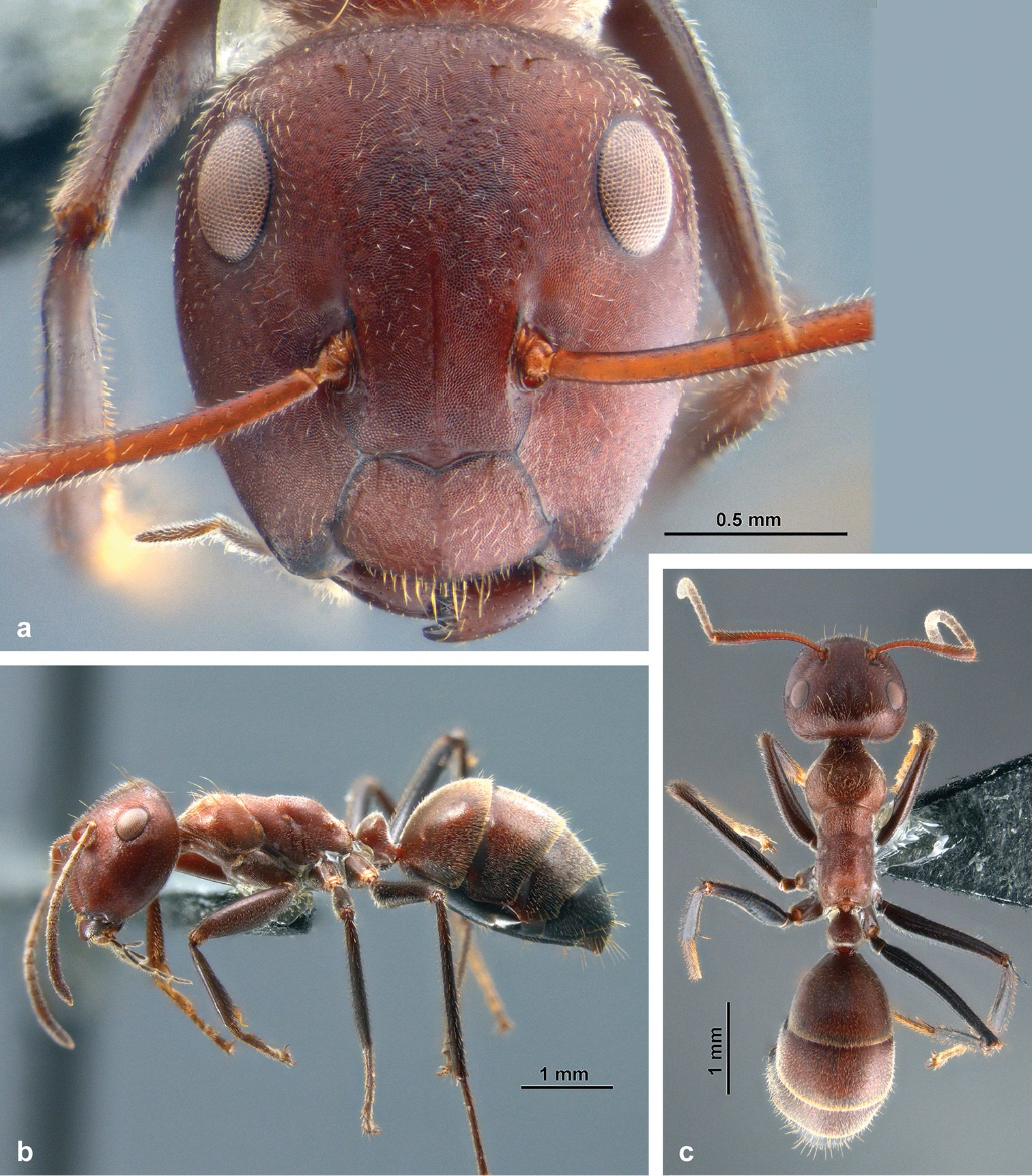
At first glance, exploding to defend your family seems like a losing strategy. After all, the ant dies. But this drastic tactic makes perfect sense in the context of colony survival. In ant society, the individual doesn’t matter as much as the group. By sacrificing themselves, exploding ants protect the queen and the brood, ensuring the survival of the colony’s future generations. It’s a powerful reminder that evolution doesn’t always favor the individual—it often rewards cooperation and selflessness.
The Role of Chemical Warfare in Nature

Exploding ants aren’t the only creatures to use chemicals as a line of defense. Skunks spray foul-smelling liquid, bombardier beetles shoot boiling chemicals, and some plants even release toxins to deter herbivores. But the exploding ant’s strategy is unique—it’s the only known insect to use self-destruction as a delivery mechanism. This takes chemical warfare in nature to a whole new level, blurring the line between offense and self-sacrifice.
Inside the Ant Colony: A Society Built on Sacrifice
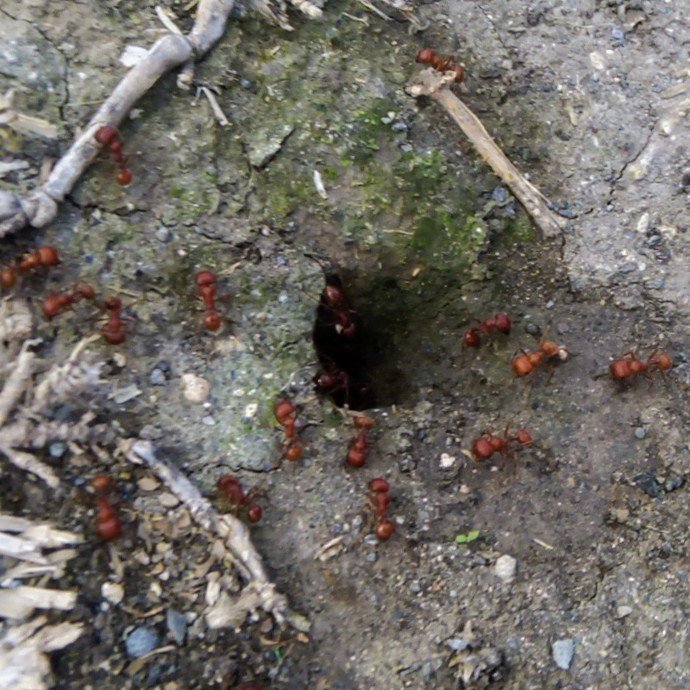
Ant colonies are more like bustling cities than insect nests. Each ant has a role, from the queen who lays eggs, to the workers who forage, build, and defend. In exploding ant species, special workers are “soldiers,” bred and trained for defense—even if it means dying in the process. Their sacrifice is celebrated in the colony, and their selfless act ensures that the nest remains safe. It’s a system built on teamwork, with every member ready to do whatever it takes.
What Triggers the Explosion?
The decision to self-destruct isn’t random. Exploding ants only make this sacrifice when the threat is serious—like a rival ant species attacking the nest or a predatory insect invading their territory. The ants seem to “know” when their action will have the greatest impact, waiting until they’re in close contact with the enemy before detonating themselves. This careful timing ensures their sacrifice isn’t wasted, maximizing the chances of saving the colony.
A Closer Look at the Ant’s Anatomy

The bodies of exploding ants are built for sacrifice. Their abdomens are packed with oversized glands that store the toxic goo. Their muscles are unusually strong, allowing them to rupture their own bodies with amazing force. Even their exoskeletons are designed to split open in just the right spot. It’s like their entire anatomy has been fine-tuned by evolution for one purpose: to protect the colony, no matter the cost.
The Sticky Substance: Nature’s Superglue
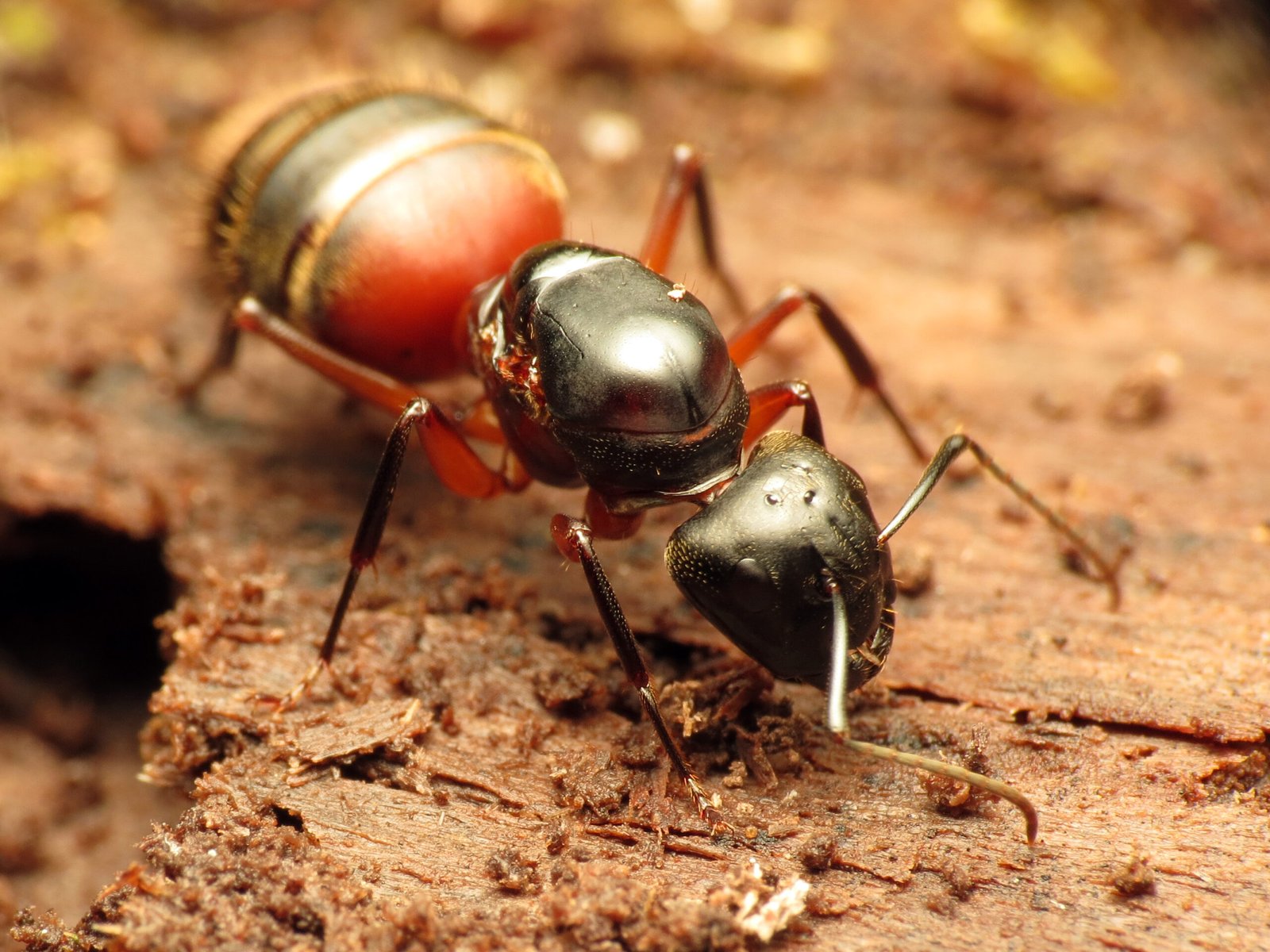
The goo released during the explosion is more than just sticky—it’s a complex cocktail of proteins and enzymes. When it hits an enemy, it hardens quickly, trapping legs and wings and making escape nearly impossible. For predators, getting caught in this stuff is like falling into a vat of wet cement. Over time, the chemicals in the goo can even kill smaller attackers or drive larger ones away for good. It’s a potent weapon, even if it comes at the highest price.
Real-Life Battles: When Ants Go to War

Imagine a rival ant colony invading the territory. The air fills with the scent of alarm pheromones as the soldiers rush to the front lines. Suddenly, one explodes, covering the attackers in deadly glue. The invaders panic, some become immobilized, and the rest retreat. Such dramatic showdowns play out daily in the jungle, with exploding ants acting as both the last line of defense and the ultimate deterrent. The colony survives, but the cost is measured in tiny, heroic lives.
Comparisons to Human Heroism

It’s hard not to see parallels between exploding ants and human acts of bravery. Soldiers, firefighters, and first responders sometimes risk everything to save others. The difference? For ants, this behavior is hardwired—an instinctive response to danger. Their sacrifice isn’t a choice, but a calling written into their DNA. Still, the courage of these ants can remind us of the power of selflessness, both in nature and in our own lives.
Other Ants with Extreme Defenses
Colobopsis saundersi isn’t alone in its dramatic tactics. Across the world, ants have evolved an astonishing array of defenses. Some spray acid, while others wield stingers loaded with venom. Army ants use massive jaws to tear apart their foes. But no other species has taken defense to such an extreme as the exploding ant. Their willingness to die for the colony sets them apart, earning them a unique place in the animal kingdom.
Scientists’ Quest to Understand Exploding Ants

Researchers have spent decades studying these remarkable insects, venturing deep into rainforests to observe their behavior. They’ve filmed battles, collected samples of the sticky goo, and even mapped the genetic blueprint of these ants. Through this work, we’ve learned not only how the explosion works, but why it evolved. Every discovery adds another layer to our understanding of this strange and beautiful phenomenon.
The Ecological Impact of Exploding Ants
Exploding ants play a crucial role in their ecosystems. By defending their colonies so effectively, they help maintain the balance between different insect populations. Their presence can influence which species dominate a patch of forest, affecting everything from plant growth to bird populations. In a way, their brave acts ripple outward, shaping the entire ecosystem around them.
The Price of Bravery: Costs to the Colony

While the sacrifice of individual ants saves the colony, it doesn’t come without a cost. Each exploding worker is lost forever, which means the colony must constantly replace its defenders. If too many are lost in a short time, the colony becomes vulnerable. This delicate balance means that self-sacrifice is used sparingly, only in the most dire situations. It’s a reminder that even the bravest acts must be weighed against their consequences.
Could Humans Learn from Exploding Ants?
The story of the exploding ant isn’t just a curiosity—it offers lessons for us, too. Their willingness to put the group before the self can inspire new ways of thinking about teamwork and sacrifice. Scientists are even studying the chemistry of the ant’s goo, hoping to develop new adhesives or medical treatments. Sometimes, the most astonishing innovations come from the smallest creatures.
The Ongoing Mystery: What We Still Don’t Know
Despite years of research, many mysteries remain. Scientists are still uncovering the exact triggers for the explosion, the full chemical makeup of the goo, and the genetic changes that made this bizarre adaptation possible. Every new discovery opens up more questions, keeping the story of the exploding ant alive and full of wonder.
Nature’s Ultimate Sacrifice
Standing in the shadowed tangle of a Bornean forest, it’s easy to overlook the tiny ants scurrying underfoot. But within their ranks are heroes whose courage rivals any legend. Their explosive sacrifice is a testament to the power of evolution—and to the astonishing lengths life will go to survive. Next time you spot an ant, remember: sometimes, the greatest heroes come in the smallest packages.




